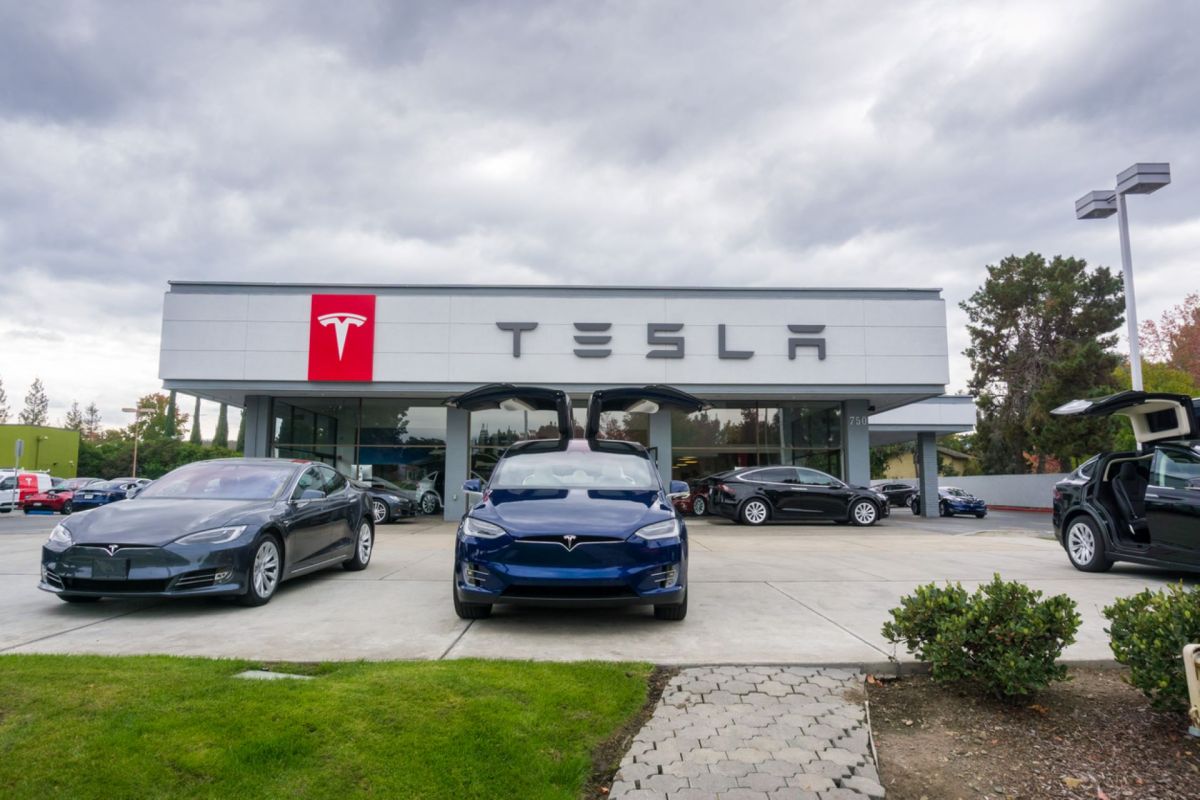Toyota has revealed that its upcoming electric vehicles will come with anti-range anxiety protection, with future models able to access Tesla's charging network.
A new deal between the Japanese manufacturer and Tesla will allow Toyota and Lexus battery EVs to adopt the North American Charging Standard (NACS) on their cars from 2025, giving access to 12,000 Superchargers throughout the continent.
While it's a boost for potential EV customers, Toyota perhaps hedged a little bit on whether the NACS will be on all of its clean-fuel cars, saying that "certain" models under its umbrella will allow for the technology.
Updated table showing all the automakers that have and have not yet announced adoption of @Tesla's North American Charging Standard (NACS).
— Sawyer Merritt (@SawyerMerritt) October 20, 2023
h/t @_Richard_Smith7 pic.twitter.com/AFE0lkVz2X
Among the anticipated models that will feature the NACS, Toyota said the "all-new, three-row, battery-electric Toyota SUV" is among them.
As Electrek noted, with Tesla looking to make the NACS the standardized charging technology across the United States and Canada, automakers don't necessarily need an agreement with Tesla to adopt the technology. However, the deal will allow Toyota drivers to access Tesla's powerful, fast-charging Supercharger network.
Commenters on Electrek's website shared their thoughts on the new deal.
"As if the pressure wasn't high enough on the few remaining holdouts to get on board the NACS train, this should about do it," one user said.
"Waiting for Stellantis and VW group now," said another, noting two notable vehicle companies that have not yet agreed to use the NACS.
Toyota's announcement on Oct. 19 came just two days after BMW revealed it too will adopt the NACS on its electric vehicles by 2025.
Meanwhile, SAE International announced its intention in June to standardize the NACS connector in North America, allowing any supplier or manufacturer to adopt it.
It's great news for the EV sector as a whole, allowing drivers in NACS models to access a wide charging network to make longer journeys without the stress of searching too far for a refueling spot — or running out of power before finding one.
It should also encourage takeup, too, with a number of drivers put off from switching from dirty-fuel-powered cars to electric models because of a perceived lack of charging infrastructure.
But with more automakers utilizing the NACS, these fears should soon be put to rest.
Join our free newsletter for cool news and actionable info that makes it easy to help yourself while helping the planet.









